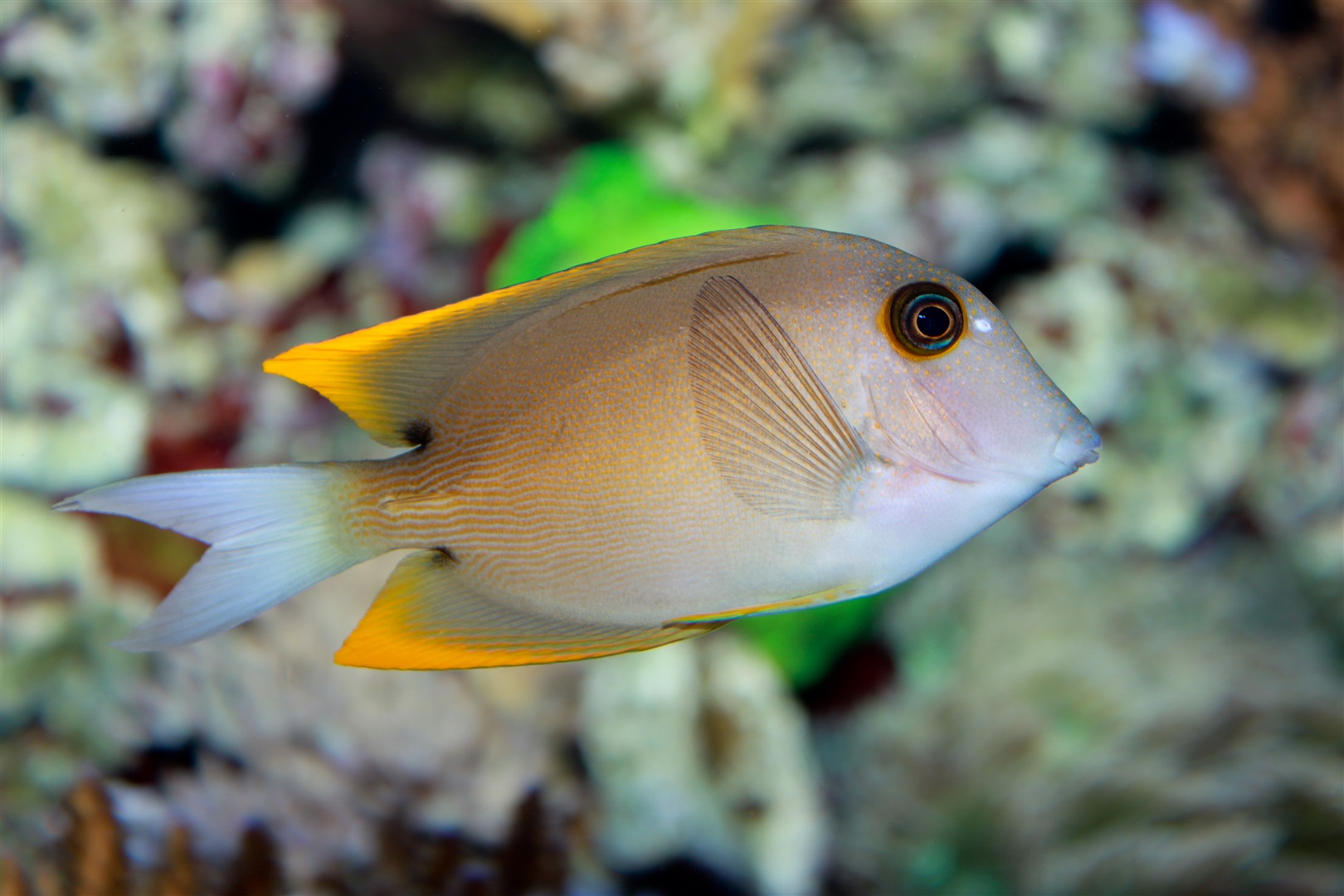Smallest Tang Species
If you're a fan of exotic fish, then you may have heard about the smallest tang species. These fascinating creatures can add a unique touch to any aquarium, but before you decide to add one to your collection, there are a few things you need to know. In this post, we'll cover everything you need to know about these tiny fish, including their care requirements, behavior, and more.
Pain Points Related to the Smallest Tang Species
Anyone who has ever owned a fish knows that they can be challenging to care for, especially if you're a beginner. As such, one of the most significant pain points when it comes to the smallest tang species is their care requirements. These fish can be quite delicate, and if you don't know what you're doing, it's easy to accidentally harm or even kill them. Additionally, the smallest tang species can be quite expensive to purchase, which can be another barrier for many aquarium enthusiasts.
What Is the Smallest Tang Species?
The smallest tang species is a Ctenochaetus tominiensis, also known as Tomini surgeonfish. These fish are native to the western Pacific Ocean and are a favorite among aquarium enthusiasts due to their unique appearance and small size.
Main Points About the Smallest Tang Species
When it comes to the smallest tang species, there are a few things that you need to keep in mind if you want to keep them healthy and happy. Firstly, these fish require a tank that is at least 75 gallons in size and has plenty of hiding spaces. Additionally, you'll need to make sure that the water in their tank is kept clean and well-oxygenated. Finally, the smallest tang species is herbivorous, which means that their diet should consist primarily of algae-based foods.
The Benefits of Owning the Smallest Tang Species
Despite their care requirements, the smallest tang species can be a great addition to any aquarium. One of the biggest benefits of owning one of these fish is their unique appearance; they have a beautiful, vibrant coloration that makes them stand out from other species. Additionally, the smallest tang species is very peaceful and can coexist with other types of fish without any issues.
Caring for the Smallest Tang Species
When it comes to caring for the smallest tang species, there are a few things you need to keep in mind. Firstly, as previously mentioned, you'll need a tank that is at least 75 gallons in size. Additionally, you'll need to make sure that the water in their tank is kept at a temperature between 74 and 78 degrees Fahrenheit. Finally, you'll need to ensure that the tank has plenty of hiding spaces, as these fish can be quite shy and will need a place to retreat when they feel threatened.
Behaviour of Smallest Tang Species
The smallest tang species is known for being peaceful and low-maintenance, making them an ideal choice for beginners. These fish are also quite active, so they need plenty of space to swim and explore. Additionally, the smallest tang species is quite social and will usually coexist with other types of fish without any issues.
The Cost of Owning the Smallest Tang Species
As previously mentioned, the smallest tang species can be quite expensive to purchase; the price can vary depending on the age and size of the fish. Additionally, you'll need to factor in the cost of their tank, food, and other care requirements when considering owning one of these unique creatures.
The Bottom Line
The smallest tang species is a beautiful and unique fish that can be a great addition to any aquarium. With proper care and attention, you can ensure that your smallest tang species lives a long, happy life. Remember to do your research before purchasing one of these fish to ensure that you're prepared for their care requirements and to give them the best life possible!
Question and Answer
- What is the average lifespan of the smallest tang species?
- Can the smallest tang species be housed with other fish?
- What kind of diet does the smallest tang species require?
- Do I need any special equipment to care for the smallest tang species?
The smallest tang species can live for up to 10 years if they are properly cared for.
Yes, the smallest tang species is quite peaceful and can coexist with other types of fish without any issues.
The smallest tang species is herbivorous and should primarily eat algae-based foods.
While you don't need any special equipment, you'll need a tank that is at least 75 gallons and has plenty of hiding spaces. Additionally, you'll need to ensure that the water in the tank is kept clean and well-oxygenated.
Conclusion of the Smallest Tang Species
If you're looking for an exotic and unique fish to add to your aquarium, the smallest tang species is an excellent choice. With their beautiful coloration and peaceful demeanor, these fish are sure to be a crowd-pleaser. Just make sure that you're prepared for their care requirements before making the commitment to owning one of these tiny creatures.
Gallery
Smallest Tang Species | 3reef Aquarium Forums
Photo Credit by: bing.com / tang species smallest stepho 3reef puffer panda
Best Smallest Tang Fish You Can Put In Your Tank - Reef Keeping World

Photo Credit by: bing.com / tang
6 Of The Smallest Tang Species For Your Aquarium! – Pawfect Pawprint

Photo Credit by: bing.com /
Tomini Surgeonfish (Ctenochaetus Tominiensis) In Aquarium

Photo Credit by: bing.com / tang bristletooth tomini ctenochaetus surgeonfish fish yellow marinefishez cooper reef survey cc source life uploaded
Something Fishy :: Aquarium Livestock :: Fish :: Chevron Tang, Hawaii (1")
Photo Credit by: bing.com / chevron tang hawaii tangs fish saltwater police small marine hawaiiensis ctenochaetus aquarium exist why species reef toofishy size reef2reef